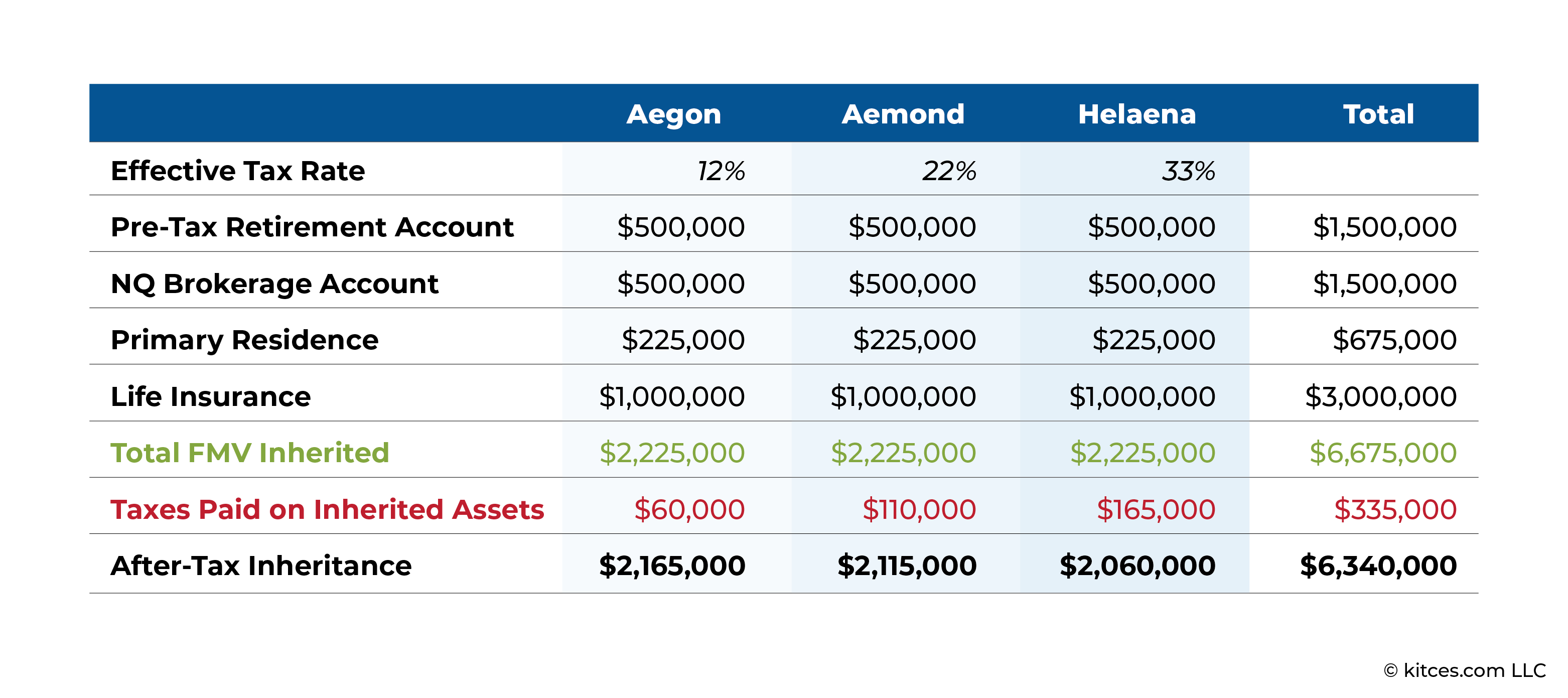All Categories
Featured
Table of Contents
This five-year basic policy and two adhering to exemptions use just when the proprietor's fatality causes the payment. Annuitant-driven payments are discussed listed below. The initial exception to the basic five-year rule for private recipients is to accept the survivor benefit over a longer period, not to go beyond the expected lifetime of the recipient.
If the recipient chooses to take the death benefits in this approach, the benefits are exhausted like any other annuity repayments: partially as tax-free return of principal and partially taxable income. The exemption proportion is found by using the dead contractholder's cost basis and the anticipated payments based on the recipient's life expectancy (of shorter period, if that is what the beneficiary selects).
In this approach, sometimes called a "stretch annuity", the recipient takes a withdrawal annually-- the needed quantity of annually's withdrawal is based upon the same tables utilized to determine the required circulations from an IRA. There are 2 advantages to this method. One, the account is not annuitized so the recipient retains control over the money value in the contract.
The second exemption to the five-year guideline is readily available just to a surviving partner. If the assigned recipient is the contractholder's spouse, the partner might elect to "enter the footwear" of the decedent. Effectively, the partner is dealt with as if she or he were the proprietor of the annuity from its beginning.
Tax consequences of inheriting a Annuity Income
Please note this uses only if the spouse is named as a "assigned beneficiary"; it is not readily available, for circumstances, if a count on is the recipient and the partner is the trustee. The general five-year guideline and both exceptions just relate to owner-driven annuities, not annuitant-driven agreements. Annuitant-driven agreements will pay survivor benefit when the annuitant passes away.

For objectives of this conversation, think that the annuitant and the proprietor are different - Annuity income stream. If the agreement is annuitant-driven and the annuitant dies, the death activates the survivor benefit and the beneficiary has 60 days to choose how to take the survivor benefit based on the regards to the annuity contract
Note that the choice of a spouse to "step into the footwear" of the owner will certainly not be available-- that exception uses only when the proprietor has actually passed away but the proprietor really did not die in the circumstances, the annuitant did. Last but not least, if the beneficiary is under age 59, the "death" exemption to prevent the 10% penalty will not put on a premature circulation again, because that is available just on the fatality of the contractholder (not the fatality of the annuitant).
As a matter of fact, several annuity companies have internal underwriting plans that refuse to issue contracts that name a various proprietor and annuitant. (There may be strange situations in which an annuitant-driven contract fulfills a customers one-of-a-kind needs, yet usually the tax obligation downsides will exceed the advantages - Annuity income.) Jointly-owned annuities might pose similar issues-- or a minimum of they might not offer the estate preparation function that various other jointly-held possessions do
Because of this, the survivor benefit have to be paid within five years of the very first owner's fatality, or subject to both exceptions (annuitization or spousal continuation). If an annuity is held jointly between an other half and partner it would certainly appear that if one were to pass away, the other can simply continue ownership under the spousal continuance exemption.
Think that the other half and other half called their son as beneficiary of their jointly-owned annuity. Upon the death of either owner, the company needs to pay the death benefits to the child, who is the beneficiary, not the enduring spouse and this would most likely defeat the owner's intents. At a minimum, this instance explains the complexity and uncertainty that jointly-held annuities posture.
How is an inherited Annuity Beneficiary taxed
D-Man created: Mon May 20, 2024 3:50 pm Alan S. wrote: Mon May 20, 2024 2:31 pm D-Man composed: Mon May 20, 2024 1:36 pm Thanks. Was hoping there may be a system like establishing up a recipient individual retirement account, however resembles they is not the situation when the estate is arrangement as a beneficiary.

That does not determine the type of account holding the acquired annuity. If the annuity remained in an inherited IRA annuity, you as administrator must be able to designate the inherited IRA annuities out of the estate to acquired IRAs for every estate beneficiary. This transfer is not a taxable event.
Any kind of distributions made from acquired Individual retirement accounts after task are taxed to the beneficiary that got them at their ordinary earnings tax obligation price for the year of circulations. But if the inherited annuities were not in an IRA at her fatality, then there is no method to do a straight rollover into an acquired IRA for either the estate or the estate beneficiaries.
If that occurs, you can still pass the circulation via the estate to the private estate beneficiaries. The income tax return for the estate (Form 1041) might include Type K-1, passing the revenue from the estate to the estate recipients to be exhausted at their private tax prices instead of the much greater estate earnings tax rates.
Are inherited Multi-year Guaranteed Annuities taxable income

: We will certainly produce a plan that includes the very best items and attributes, such as boosted death benefits, costs incentives, and irreversible life insurance.: Get a tailored strategy made to maximize your estate's value and minimize tax liabilities.: Implement the picked approach and receive continuous support.: We will help you with establishing the annuities and life insurance plans, offering constant guidance to ensure the plan stays reliable.
Ought to the inheritance be concerned as an earnings related to a decedent, after that taxes might use. Usually speaking, no. With exemption to pension (such as a 401(k), 403(b), or individual retirement account), life insurance coverage earnings, and cost savings bond passion, the recipient typically will not need to birth any kind of income tax obligation on their inherited riches.
The quantity one can inherit from a trust fund without paying taxes relies on various factors. The federal inheritance tax exemption (Annuity income riders) in the United States is $13.61 million for people and $27.2 million for married couples in 2024. Nevertheless, individual states might have their own inheritance tax laws. It is recommended to seek advice from a tax expert for accurate details on this matter.
:max_bytes(150000):strip_icc()/Death-taxes_sketch_final-422a2456bff64e4da2f9dabb41c64ad9.png)
His goal is to streamline retired life planning and insurance, making certain that clients comprehend their selections and secure the most effective coverage at unbeatable rates. Shawn is the owner of The Annuity Expert, an independent online insurance coverage firm servicing customers across the USA. Through this system, he and his team purpose to remove the guesswork in retirement planning by assisting people discover the very best insurance policy coverage at one of the most affordable prices.
Table of Contents
Latest Posts
Highlighting Fixed Vs Variable Annuity Pros And Cons Everything You Need to Know About Pros And Cons Of Fixed Annuity And Variable Annuity Breaking Down the Basics of Investment Plans Advantages and D
Analyzing Strategic Retirement Planning Key Insights on Your Financial Future Defining the Right Financial Strategy Advantages and Disadvantages of Indexed Annuity Vs Fixed Annuity Why Fixed Vs Variab
Breaking Down Indexed Annuity Vs Fixed Annuity A Comprehensive Guide to Fixed Index Annuity Vs Variable Annuities What Is Pros And Cons Of Fixed Annuity And Variable Annuity? Benefits of Choosing the
More
Latest Posts